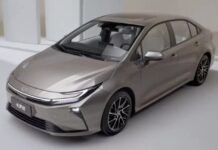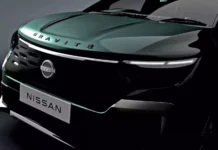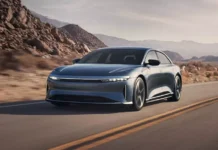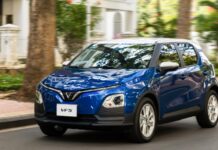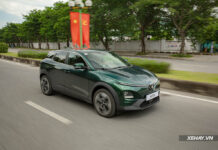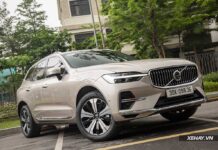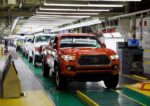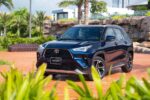Toyota and Nissan, two Japanese automotive giants, are on starkly contrasting paths as of mid-2025. Toyota reported record-high sales for the first half of the year, while Nissan suffered its first quarterly operating loss in over four years. This has sparked speculation about a potential Toyota-Nissan rivalry, reminiscent of their intense competition two decades ago.
In May 2025, rumors circulated about Toyota potentially bailing out struggling Nissan. The contrast between the two companies is notable, especially considering their history of fierce competition. Times have certainly changed.
Toyota, including its subsidiaries Daihatsu and Hino, saw a 7.4% increase in global sales, selling over 5.5 million vehicles in the first half of 2025. This set a new record for the company, driven by strong demand in markets like the US, Japan, and China. To meet this demand, Toyota increased production by 8.8%, largely due to the growing interest in hybrid models.
Toyota’s sales were boosted early in the year by a rush of buyers looking to finalize purchases before the 25% tax imposed by President Trump on imported vehicles took effect.
While this caused uncertainty in the global automotive industry, Japanese automakers may now be in a better position following a trade agreement signed this month that reduces the tax on imported vehicles to 15%.
In June 2025, Toyota’s global sales increased by 2.7% to 937,246 vehicles, and production rose by 7.7% to 963,455 units.
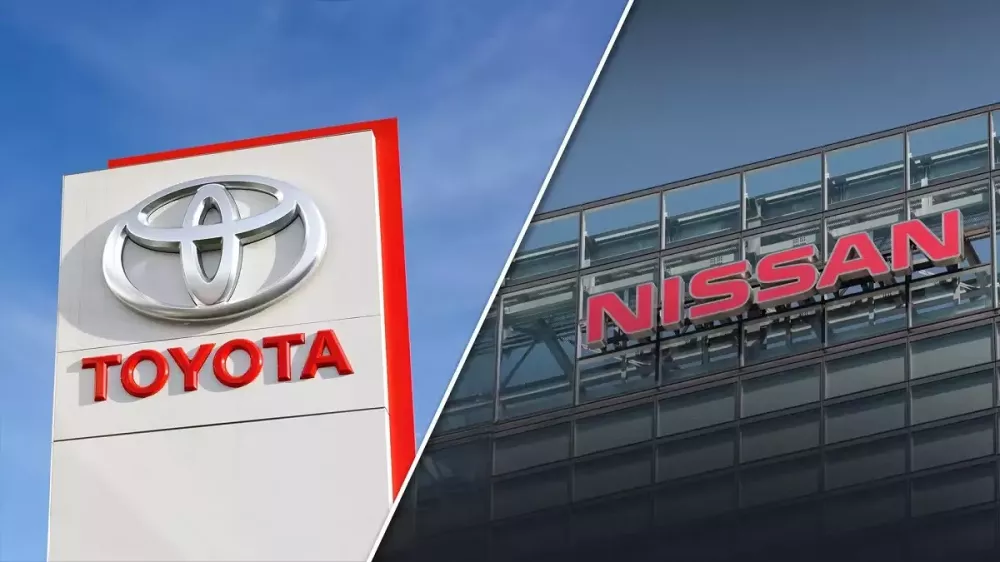
Toyota thrives while Nissan struggles.
In contrast, Nissan reported a loss of $534.5 million for the quarter. While this sounds dire, there is a silver lining as analysts had predicted an even higher loss. The loss is attributed to low sales, restructuring costs, and ongoing trade tensions.
Nissan’s June 2025 sales declined by 5% to 262,133 vehicles. To stem financial losses, Nissan has implemented significant cuts, including closing seven plants and laying off 15% of its global workforce. The latest cut involves the closure of its Civac, Mexico plant in March 2026, with production being shifted to its Aguascalientes facility.
Previously, much of the media focus had been on the impact of tariffs imposed by President Trump on both automakers. However, it appears that the fact that both Toyota and Nissan assemble many of their US-sold vehicles in the US has been overlooked.
Toyota has even ramped up production of hybrid powertrains at its West Virginia plant to avoid import taxes on components manufactured in Japan.
Meanwhile, Honda reported an 8% decrease in sales for June 2025, selling 285,479 vehicles. Honda’s production remained nearly unchanged from the previous year.
The 5 Best-Selling Hybrid Cars in the First Half of 2025
The allure of hybrid vehicles is captivating Vietnamese consumers. With their smooth and quiet operation, these cars offer a tranquil driving experience. Their fuel efficiency and eco-friendliness are added bonuses, making them the smarter choice for those seeking a greener and more cost-effective mode of transportation.
“Nissan to Export ‘Made in China’ Electric Vehicles to Southeast Asia”
Nissan has unveiled its plans to commence exports of electric vehicles manufactured in China to Southeast Asian and Middle Eastern markets from 2026 onwards. This strategic move underscores Nissan’s commitment to expanding its global presence and catering to the growing demand for electric vehicles in these regions.

